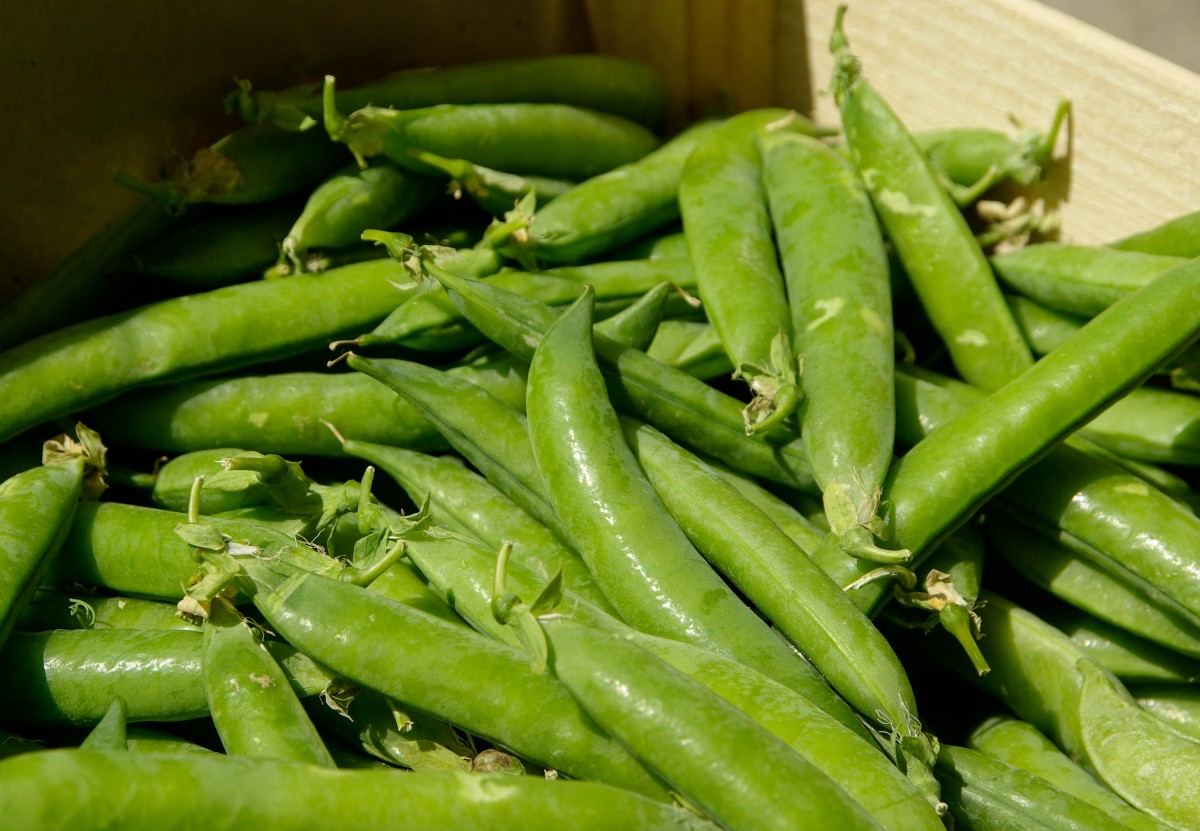While organic compost contains nitrogen, compost alone often does not provide an adequate supply for these plants. These plants collaborate with soil bacteria to absorb nitrogen from the air and deposit it in tiny root nodules—a process called nitrogen fixation. Some plants need more nitrogen than others, such as roses, corn, and lettuce.





